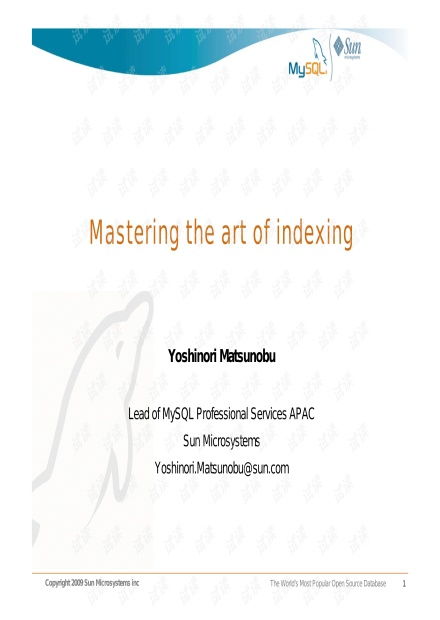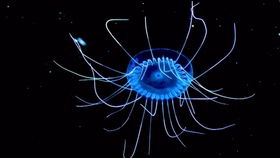Content:
Fishing is an activity that has been cherished by people around the world for centuries. It is not just a hobby but also a way to unwind and connect with nature. Whether you are a beginner or an experienced angler, mastering the art of line tying is crucial for a successful fishing trip. In this article, we will discuss some essential fishing techniques on how to tie a line group, which is the foundation of any fishing setup.

Understanding the Components of a Line Group
Before diving into the actual tying process, it is important to understand the components of a line group. A typical line group consists of the following:
- Mainline: The primary fishing line that connects the rod to the lure or bait.
- Leader: A section of lighter line that connects the mainline to the lure or bait, providing a cushion against abrasive conditions.
- Hook or lure: The end of the line where the fish will take the bait.
Choosing the Right Line and Leader
Selecting the appropriate line and leader is crucial for the success of your fishing trip. Here are some factors to consider:
- Line Type: Choose a line type that suits the fish species you are targeting. For example, monofilament is suitable for freshwater fishing, while fluorocarbon is ideal for saltwater applications.
- Line Strength: Ensure that the line strength is adequate for the fish you are targeting. A general rule of thumb is to use a line that is at least as strong as the fish's average weight.
- Leader Length and Strength: The leader length depends on the fishing technique and environment. A standard length is around 18 inches, but it can vary. The leader strength should be higher than the mainline to protect it from abrasive conditions.
Basic Line Tying Techniques
Now that you have an understanding of the components and selection criteria, let's dive into the basic line tying techniques:
a. Palomar Knot
The Palomar knot is a popular and versatile knot for fishing. It is known for its simplicity and strength. Here's how to tie it:
- Take an overhand knot and thread the tag end through the loop.
- Make a second overhand knot close to the first one.
- Pass the tag end through the second knot's loop.
- Moisten the knot and pull both ends to tighten it.
b. Clinch Knot
The Clinch knot is another common knot for fishing. It is relatively easy to tie and provides a strong connection. Here's how to tie it:
- Make a loop in the line.
- Pass the end through the loop and make a second loop.
- Thread the end through the second loop and pull it tight.
- Moisten the knot and pull both ends to tighten it.
c. Improved Clinch Knot
The Improved Clinch knot is a variation of the Clinch knot and is known for its strength and ease of tying. Here's how to tie it:
Make a loop in the line.
Pass the end through the loop and make a second loop.
Thread the end through the second loop, then through the first loop.
Moisten the knot and pull both ends to tighten it.
Advanced Line Tying Techniques
Once you have mastered the basic line tying techniques, you can explore more advanced knots and setups:
a. Blood Knot
The Blood knot is a versatile knot for joining two lines of different diameters. It is known for its strength and ease of tying. Here's how to tie it:
- Make a loop in each line.
- Cross the ends of the lines and pass them through the loops.
- Repeat the process, creating a second set of loops.
- Moisten the knot and pull both ends to tighten it.
b. Surgeon's Knot
The Surgeon's knot is a strong and easy-to-tie knot for joining two lines of similar diameters. Here's how to tie it:
- Make a loop in each line.
- Pass the end of one line through the loop of the other line.
- Pass the end of the other line through the loop of the first line.
- Moisten the knot and pull both ends to tighten it.
In conclusion, mastering the art of line tying is an essential skill for any angler. By understanding the components of a line group, selecting the right line and leader, and learning various line tying techniques, you can ensure a successful fishing trip. Whether you are targeting freshwater or saltwater fish, the basic and advanced line tying techniques discussed in this article will help you connect with your catch and enjoy the beauty of fishing. Happy fishing!












